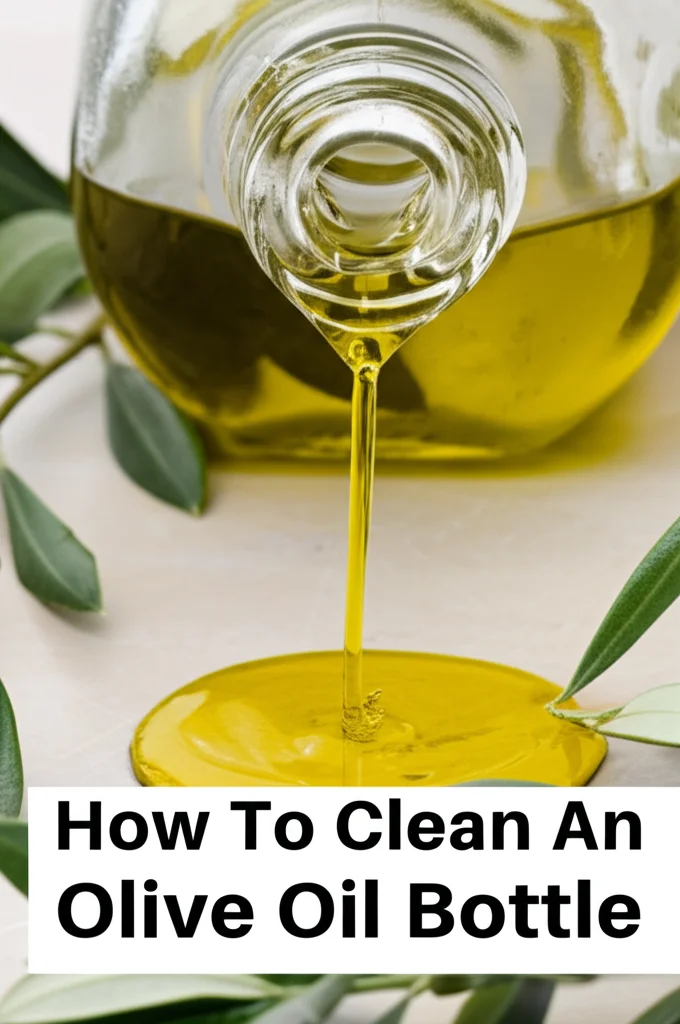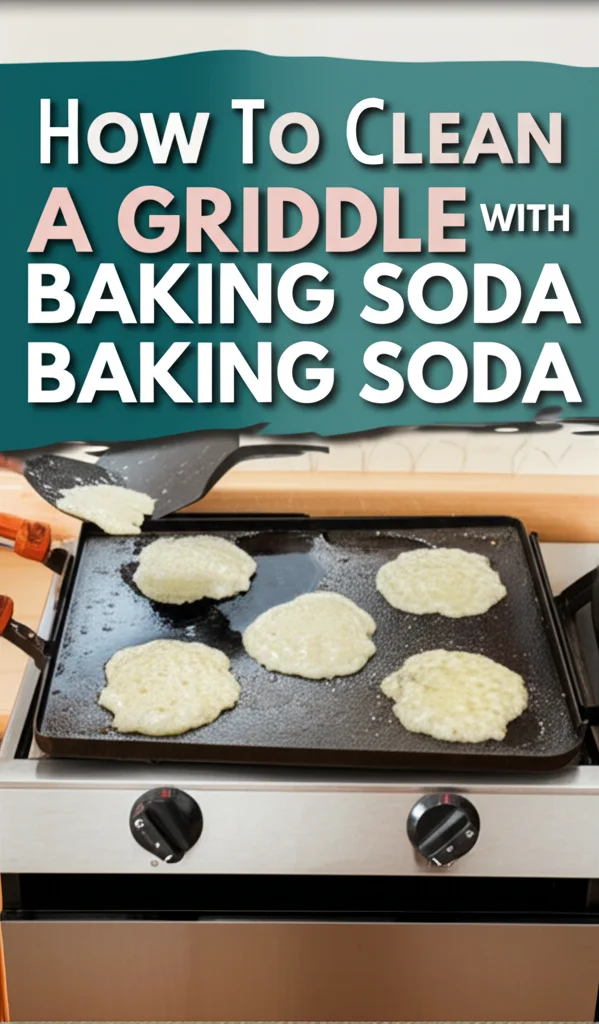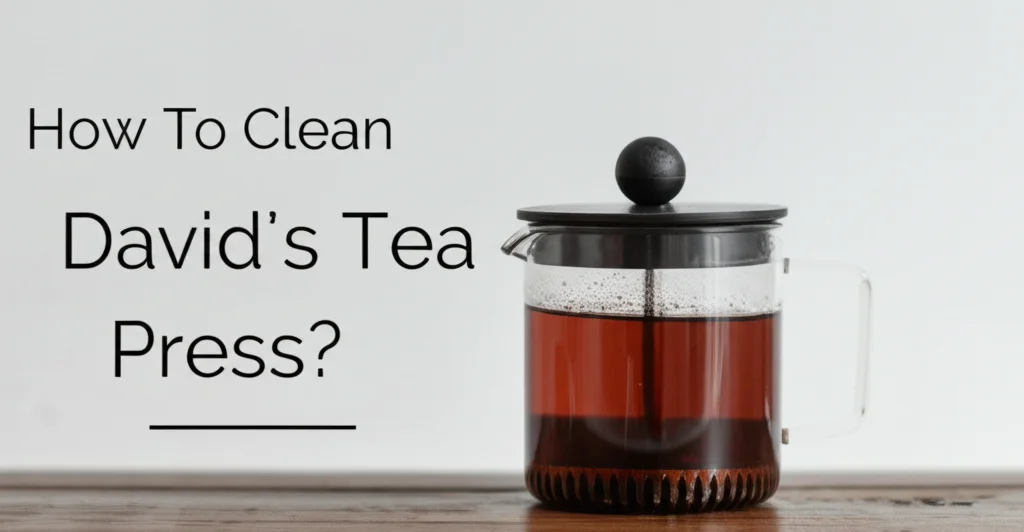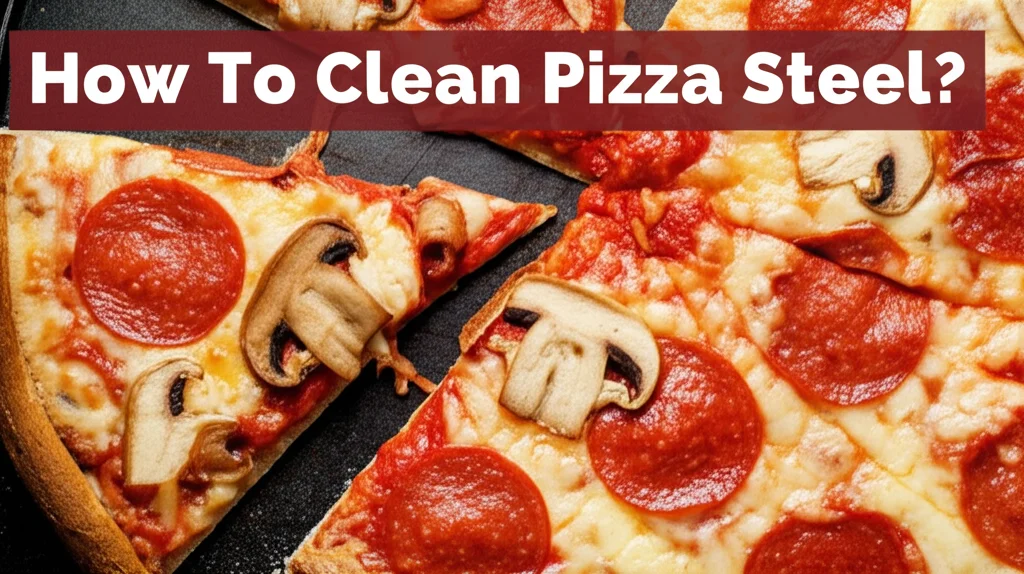· Kitchen Cleaning · 7 min read
How To Clean An Olive Oil Bottle

Keeping Your Pouring Perfect: How To Clean An Olive Oil Bottle
Ever notice that sticky residue building up inside your olive oil bottles? It’s a common kitchen problem, but a dirty bottle can affect the quality and flavor of your oil. Cleaning your olive oil bottles regularly isn’t just about aesthetics; it’s about preserving the integrity of your culinary staple. This article will guide you through several effective methods to clean an olive oil bottle, from simple rinsing to more thorough cleaning techniques. We’ll cover everything you need to know to keep your bottles sparkling and your olive oil tasting its best. Let’s dive in and get those bottles clean!
Takeaway:
- Regular cleaning prevents rancidity and flavor transfer.
- Warm, soapy water is often sufficient for routine cleaning.
- For stubborn residue, use rice, salt, or baking soda with water.
- Thorough drying is crucial to prevent mold growth.
Quick Answer:
To clean an olive oil bottle, start by emptying any remaining oil. Then, fill the bottle with warm, soapy water and gently swirl it around. For stubborn residue, add a handful of uncooked rice, salt, or baking soda to act as a gentle abrasive. Rinse thoroughly and allow to air dry completely, upside down, to prevent water spots and mold.
Why Cleaning Your Olive Oil Bottle Matters
You might wonder if cleaning an olive oil bottle is really necessary. The answer is yes! Over time, a film of oil residue builds up on the glass. This residue can go rancid, impacting the flavor of fresh olive oil you pour in. Think of it like this: you wouldn’t pour new wine into a dirty wine bottle, would you?
Furthermore, old residue can harbor bacteria. While olive oil itself has some antibacterial properties, a consistently dirty bottle can create an environment where unwanted microorganisms can thrive. Regular cleaning ensures your olive oil remains fresh, flavorful, and safe to use. It also prevents the bottle from becoming unsightly and difficult to pour from.
The Simple Soap and Water Method
For bottles that aren’t heavily soiled, a simple soap and water solution is often all you need. This is a great routine cleaning method to prevent buildup. Start by completely emptying the bottle of any remaining olive oil. Don’t pour it down the drain, as it can cause clogs! Instead, dispose of it properly in a sealed container.
Next, fill the bottle about halfway with warm water. Add a squirt of dish soap – a mild formula works best. Secure the lid tightly and gently swirl the bottle for a minute or two. The swirling action, combined with the soapy water, will loosen most of the residue. Finally, rinse the bottle thoroughly with warm water until all traces of soap are gone. Allow the bottle to air dry completely, upside down, before refilling.
Tackling Tough Residue: The Rice Trick
Sometimes, soap and water just aren’t enough to remove stubborn olive oil residue. That’s where the rice trick comes in handy. This method uses the abrasive action of uncooked rice to scrub the inside of the bottle.
Pour about ¼ cup of uncooked rice into the empty bottle. Add warm water, filling the bottle about halfway. Secure the lid tightly and shake vigorously for several minutes. The rice will act as a gentle abrasive, scrubbing away the stuck-on oil. You’ll likely notice the water becoming cloudy as the residue loosens. Once you’re satisfied, pour out the rice and water. Rinse the bottle thoroughly with warm water until all traces of rice are gone.
Salt and Baking Soda: Alternative Abrasives
If you don’t have rice on hand, salt or baking soda can also be used as effective abrasives. These are great alternatives for cleaning your olive oil bottles. Coarse salt works particularly well, as its larger granules provide more scrubbing power.
For salt, use about 2 tablespoons and follow the same procedure as with rice: add warm water, shake vigorously, and rinse thoroughly. Baking soda is a milder abrasive, so you may need to use a bit more – around ¼ cup. Baking soda also helps to deodorize the bottle, which can be helpful if it has a stale smell. Remember to rinse extremely well to remove all traces of baking soda, as it can affect the flavor of your olive oil.
Deep Cleaning with Vinegar and Baking Soda
For a truly deep clean, combine the power of vinegar and baking soda. This combination creates a fizzing action that helps to lift even the most stubborn residue. This method is especially useful for bottles that haven’t been cleaned in a while.
Start by pouring about ¼ cup of baking soda into the empty bottle. Then, slowly add about ½ cup of white vinegar. The mixture will fizz vigorously, so be prepared! Let the fizzing action continue for about 30 minutes. After 30 minutes, add warm water to fill the bottle about halfway. Secure the lid and shake gently. Rinse the bottle thoroughly with warm water until all traces of vinegar and baking soda are gone.
Preventing Residue Buildup & Mold Growth
Cleaning your olive oil bottle is important, but preventing residue buildup in the first place is even better. Always wipe the bottle’s spout after each use to prevent oil from dripping down the sides and creating a sticky mess.
Proper drying is also crucial to prevent mold growth. After rinsing, place the bottle upside down on a clean dish rack or paper towel to allow it to air dry completely. Ensure there’s good airflow around the bottle to speed up the drying process. If you live in a humid climate, you may want to leave the bottle upside down for a full 24 hours to ensure it’s completely dry. You can also consider using a bottle drying rack designed for this purpose.
FAQ About Cleaning Olive Oil Bottles
Q: Can I use hot water to clean my olive oil bottle?
A: While warm water is effective, avoid using hot water. Extreme temperatures can potentially damage the glass, especially if it has any existing micro-fractures. Warm water is sufficient for loosening residue without risking damage.
Q: How often should I clean my olive oil bottle?
A: Ideally, you should clean your olive oil bottle every time you refill it. However, at a minimum, aim to clean it every month or two, depending on how frequently you use it.
Q: Can I put my olive oil bottle in the dishwasher?
A: While some glass bottles are dishwasher safe, it’s generally not recommended for olive oil bottles. The high heat and harsh detergents can potentially damage the glass or leave a soapy residue that affects the flavor of your oil. Hand washing is the safest option.
Q: What if my bottle has a very narrow neck?
A: For bottles with narrow necks, using a bottle brush can be helpful. Alternatively, you can use the rice or salt method, shaking the bottle vigorously to ensure the abrasive reaches all areas.
Keeping Your Olive Oil Fresh: A Final Pour
Cleaning your olive oil bottle is a simple yet important step in maintaining the quality and flavor of your olive oil. By following these methods, you can easily remove residue, prevent rancidity, and ensure your bottles remain sparkling clean. Remember, a clean bottle means a fresher, more flavorful olive oil experience. So, take a few minutes to give your bottles the attention they deserve – your taste buds will thank you!




